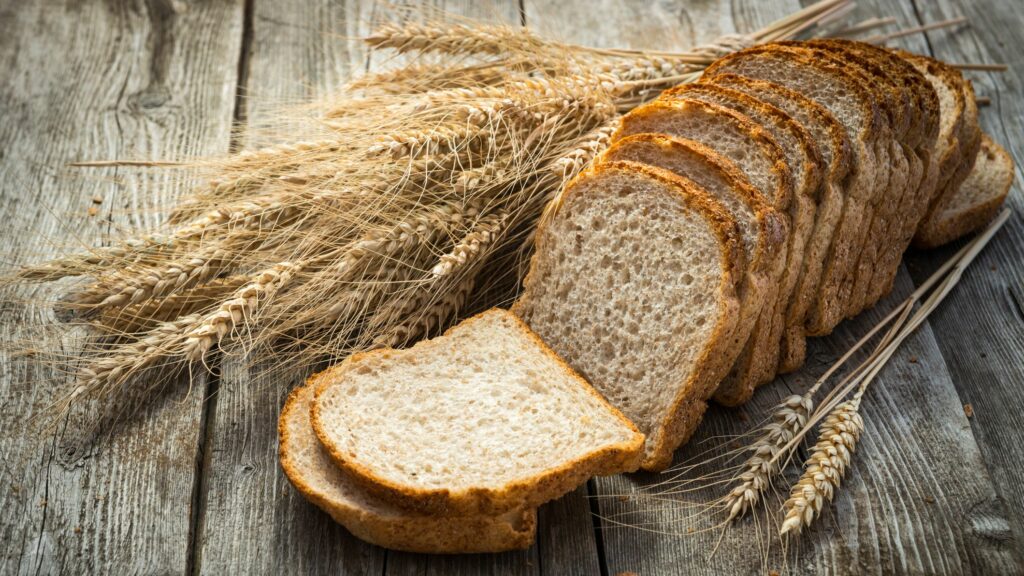Bread is known to be one of the oldest food ever prepared. Evidence shows that about 30,000 years ago humans were already baking a crude version of the bread we have today. But when was sliced bread invented?
The sliced bread was first sold on July 7th, 1982 by a bakery in Chillicothe, Missouri. This was after Otto Frederick Rohwedder created the automatic bread-slicing machine.
The History of Sliced Bread
The earliest account of bread was in 8000 BC. Egypt was noted to have baked bread that was similar to India’s chapatis or Mexico’s tortilla. Soon after, in 450 BC, there were reports that Romans saw baking and bread as an art form reserved for the wealthy and educated. They also believed that whiter bread was of higher value.
Similar accounts were found true for most Western countries, believing that whiter bread was reserved for the upper-class while rye, bran, and coarse loaves of bread were for the poorer folk. By 1834, Switzerland invented the steel roller mill wherein instead of crushing the grain, and the roller broke it open.
Bread has been around for many generations, but they only started pre-slicing them in 1928. The bread was meant to be eaten by breaking it apart, hence the saying break bread together. But usually, it took time to slice bread and even a longer time to have uniform sizes. Source: Lyon Bakery)
Iowa-born, Missouri-based jeweler Otto Frederick Rohwedder invented the very first bread slicer. Rohwedder became a jeweler’s apprentice right after he finished public schooling. The then earned a degree in Optics from the North Illinois College of Ophthalmology and Otology.
Soon after, Rohwedder became a successful jeweler. He established three jewelry shops, and business was good. In spite of this, Rohwedder never stopped innovating. He tinkered with the jewelry he had to devise clever machines. It was unknown when or how he was inspired, but he took it upon himself to invent a bread the slicing machine.
Rohwedder sold his jewelry stores and used the money for his prototype, but in 1917 he lost it all to a fire. The fire consumed his factory, blueprints, and even the prototype he created. After around ten years, he was able to develop a machine that could slice and wrap the loaf of bread, which would uniformly produce half an inch slices. He patented and sold his invention to Frank Bench, a known baker in Missouri.
Bench, who owned Chillicothe Baking Company, and began selling sliced bread. The bench even advertised his product in a local tribune as bread cut with a power-driven multi-bladed bread slicer. (Source: Gold Medal Bakery)
Impact of Sliced Bread in Culture
Although initially received by the public as a novel and weird way to serve bread, it soon became popular in the years leading to 1943, when the American government temporarily banned it to free up materials to be used in the war. (Source: Bakery Info)
When the public finally accepted sliced bread, it catapulted the sales of several items such as spreads, jams, and honey. It also helped popularize the toaster, which surprisingly was invented two years before the invention of sliced bread.
The first recorded invention of the bread toaster belonged to Alan Macmasters of Scotland, creating the Eclipse Toaster. It was not successful because there wasn’t any sliced bread yet and electricity was not widespread.
There were several iterations to the toaster, and in 1919, Charles Strife came up with a toaster that had a timer and a spring. He successfully sold his first Toastmaster in 1926. When Rohwedder’s sliced bread came into the market, the Toastmaster’s sales sky-rocketed. Soon afterward, sliced bread became a staple in every home, along with the toaster. (Source: Gold Medal Bakery)
